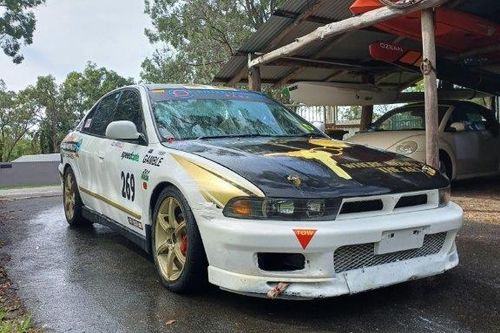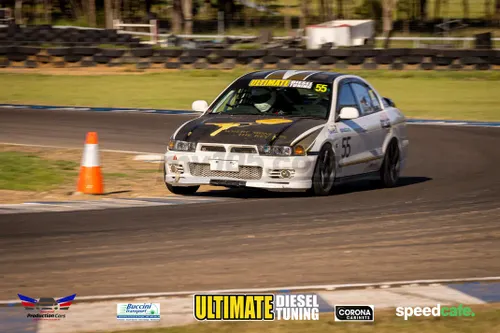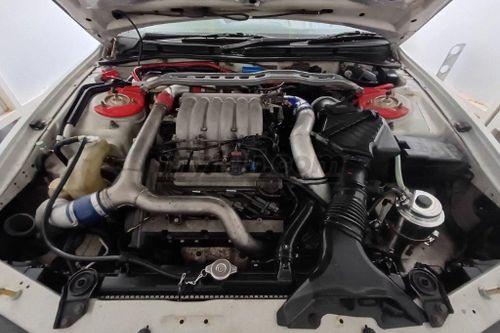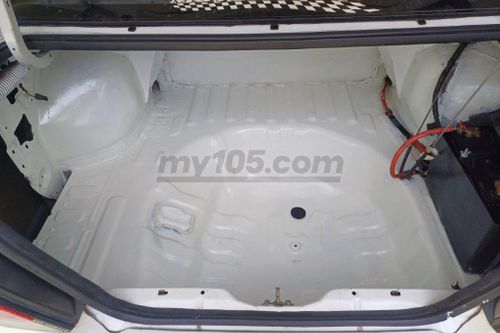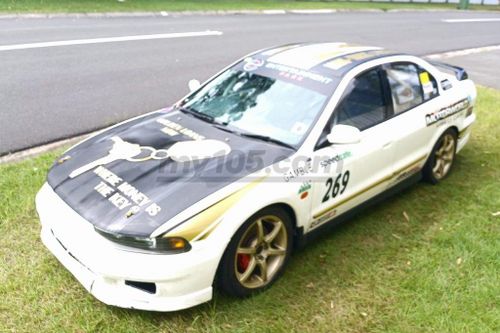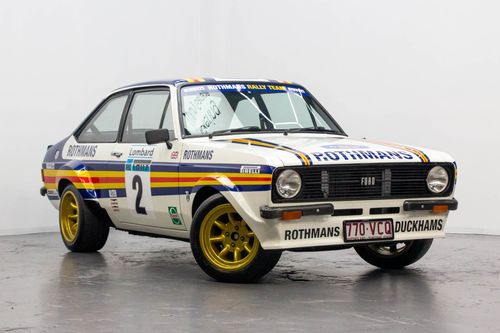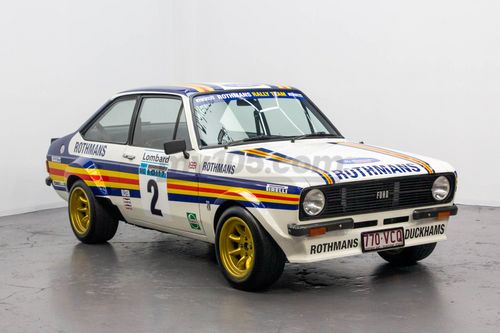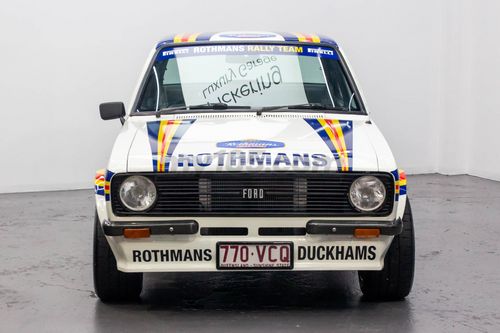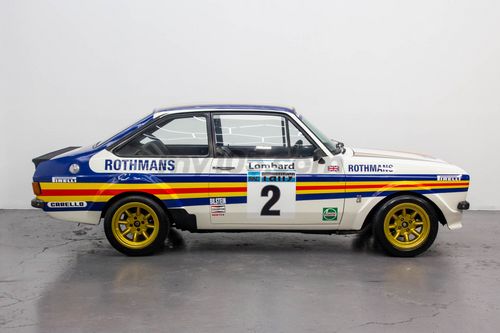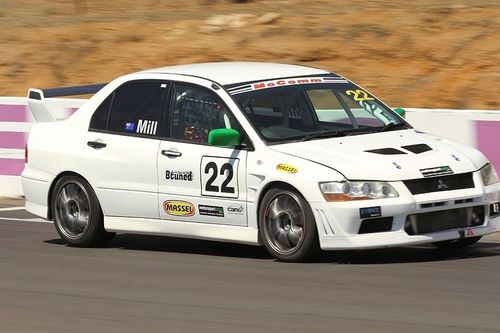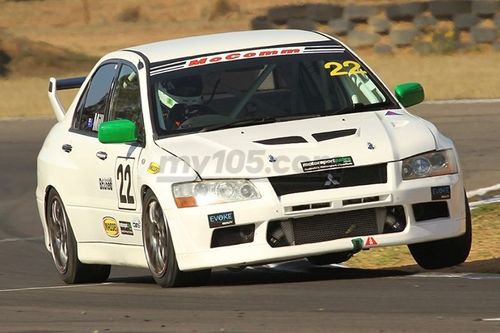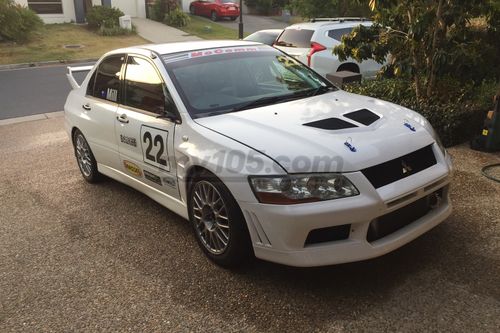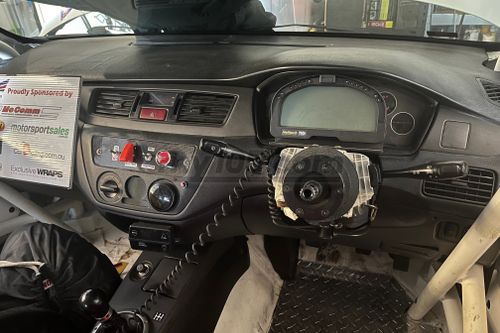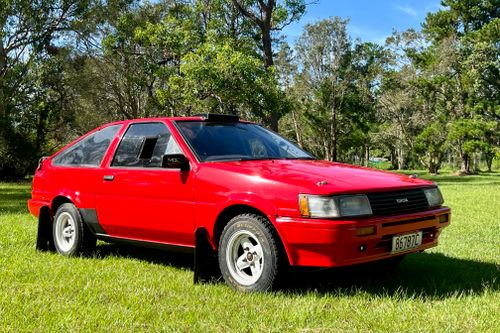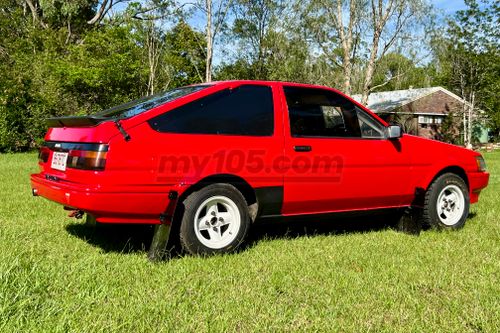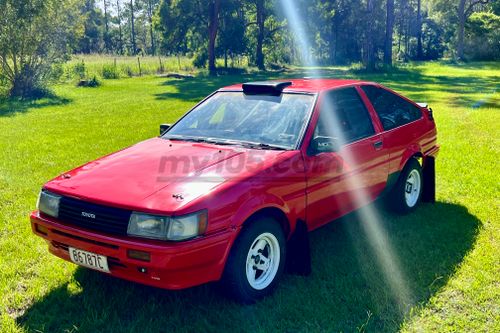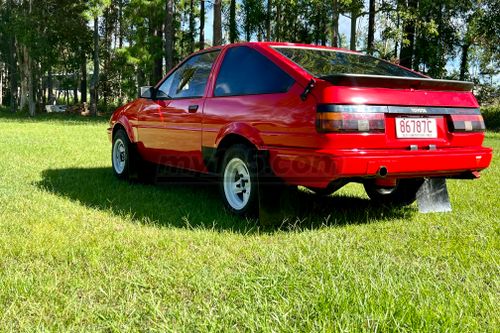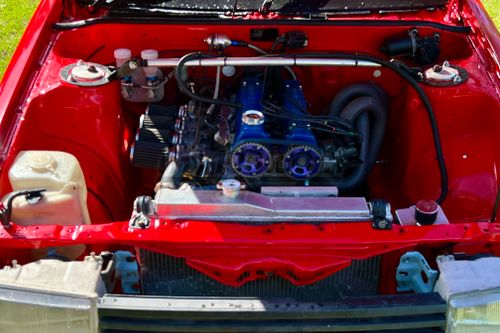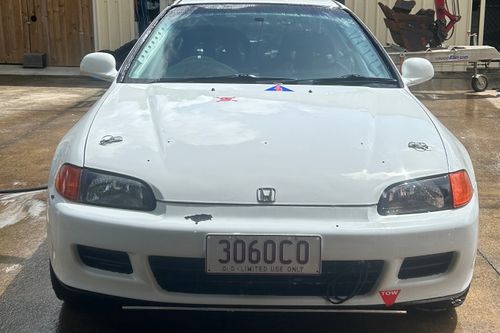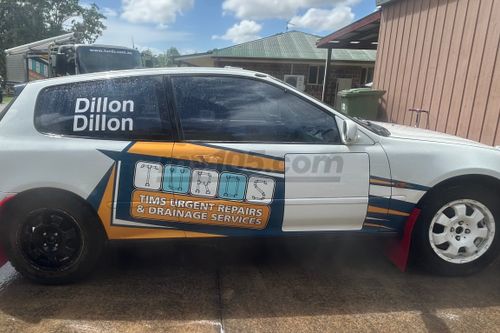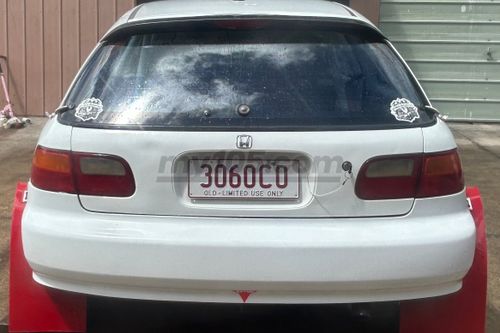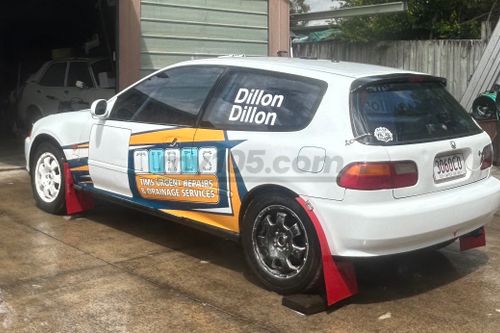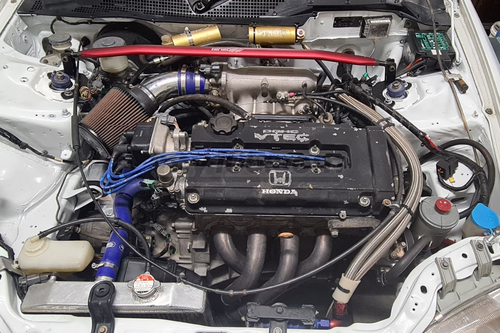20 Rally Cars for sale in Queensland
Rally cars are typically designed with a focus on durability and all-weather performance, as they often have to contend with a wide range of conditions during competition. They are usually based on production cars, but often have modifications that make them more suitable for rallying. Many are actually road legal because rally events often take place on public roads.
Rally cars are typically equipped with a handbrake, which is used to initiate a four-wheel drift around corners. This is one of the most iconic aspects of rally driving, and it takes a great deal of skill to master. Rally drivers also need to be very adept at reading the terrain and making quick decisions on the best line to take through a stage.
Co-drivers play a vital role in rally competitions, as they are responsible for reading stage notes and communicating them to the driver. This allows the driver to focus on the task at hand and maintain a good pace through the stage. Co-drivers also keep track of the car's position during the rally, which is crucial information for both the driver and team strategists.
Most modern rally cars are four-wheel drive, which gives them better traction on loose surfaces such as gravel or dirt. This is useful in rally competitions, where the stages (the individual sections of the race) are often run on such surfaces. Historically, rally cars were mostly two-wheel drive. However, four-wheel drive rally cars began appearing in the 1980s, and by the early 1990s, they became the norm in rallying.
If you're interested in getting started in rally racing, there are a few things you'll need to do. First, you'll need to find a car that meets the requirements for the class you want to compete in. Once you have a car, you'll need to make sure it's prepared for racing. This includes adding safety equipment, such as a roll cage, and making any necessary mechanical modifications. You'll also need to get a racing license from your local motorsport authority.
Live Cars (20)
Popular Past Cars (162)
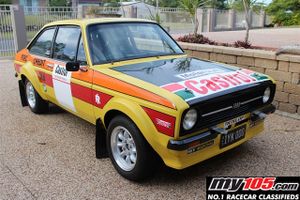
Ford Escort RS1800 Group 4
1980 Ford Escort RS1800 Group 4 Spec.Fully seam welded, weld in cage, Gartrac alloy forest arches.New Wilcox 2 ltr BDG motor(engine has 4.9 hrs) twin 50 webbers, alloy radiator,dry sump.New Quaife Pro
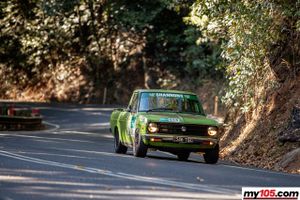
Datsun 1200 Ute
1981 Datsun 1200 ute. Targa /rally ready. Current spec ROPS. A12 Engine running 1400 crank, 48mm webers. 5 spd toyota box. Extensive suspension modifications, MCA coils overs, Disc brakes all round,
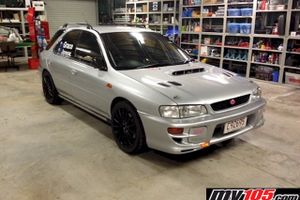
Subaru Impreza WRX STi Type RA
Type RA Replica. ARC Compliant (2012). Unrestricted VF34 Turbo. Ecutek EMS. PPG Dog Box. Electronic Centre Diff. Peltor Bluetooth Intercom. Camera/DVR. 4 Tarmac Rims (Advan). 8 Rally Rims (Ecsta). Spa
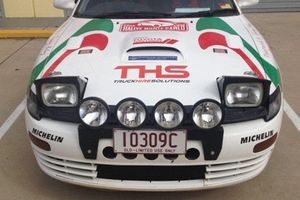
Toyota Celica GT4 Extra
1989 ST185 Low Kilometres, New paint and graphics, Cams roll cage log book 8 15" speedline with MRF-ZG2 tyres 4x CCS wheels Silverstone RallyE tyres 4x alloys Yokahama Advan AO48 Morrie Coote MCA Susp
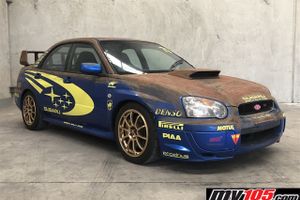
Subaru WRX STI 2003
HAIL DAMAGED vehicle that has been stripped to be used on the track or dirt. Stickered to resemble the 2003 WRC WRX STI. The rust effect paint was used to camouflage the hail damage. Driveline is fac
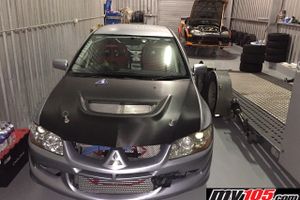
Mitsubishi Lancer EVO 8 GRS
Mitsubishi Lancer EVO 8 GRS. Freshly Built & Never Raced. Ready to Race, Excellent condition Terratrip Rally Computer, 6 Speed Manual, Murray Coote MCA Gold remote canister shock absorbers, box full o
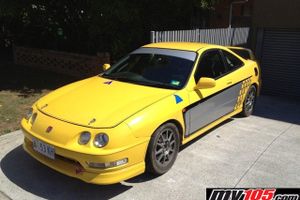
Honda Intregra TypeR Targa Car
2000 Honda Interga built for Targa Tasmainia. Only 25,000Klms with CAMS Logbook. Great entry level car with all the top rally equipment and Honda realiability. Comes road registerd in Tasmania for sp
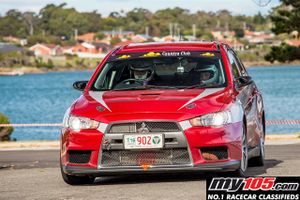
EVO X SST TMR Built
My 2008 EVO X is up for sale i used it in targa tasmania this year it is a safe and reliable car and has had everything done to it by TMR to make it a fast and reliable car it has DFV adjustable suspe
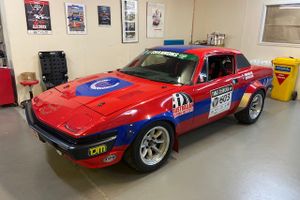
1981 Triumph TR7-V8
If you are looking for a Podium capable Classic Tarmac Rally car - look no further. Cave Racing's TR7-V8 finished Targa Tasmania 2016 - 3rd Classic GT, Classic Adelaide 2016 - 4th Classic Competitio
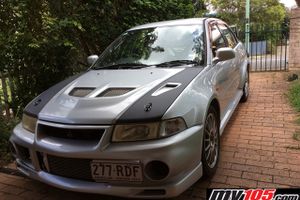
EVO 6 Targa Prepped
Mitsubishi EVO 6 for sale. Prepped from a registered road car this year for Tarmac rallies but has not competed. New removable national roll cage with twin side intrusion bars. New MCA coilover suspen
Browse Categories
- Box Trailers
- Buggies
- Burnout Cars
- Car Trailers
- Classic Cars
- Collectables & Memorabilia
- Drag Cars
- Drift Cars
- Enclosed Trailers
- Engines
- Formula
- Go Karts
- High Performance Cars
- Historic Cars
- Hot Rods
- JDM Cars
- Motorcycle Trailers
- Motorcycles
- Muscle Cars
- Off Road Race Cars
- Parts & Accessories
- Race Cars
- Rally Cars
- Speedcars
- Speedway Cars
- Sports Cars
- Sprint Cars
- Suspension, Brakes, Tyres & Wheels
- Track Cars
- Transmissions & Gearboxes
- Trophy Trucks
- Unfinished Project Cars
- Unique, Show & Prestige Cars
- V8 Cars
- Vintage Cars
- Workshop, Crew, Drives & Apparel
Browse Locations
- Rally Cars in Australia
- Rally Cars in New Zealand
- Rally Cars in United States
- Rally Cars in United Kingdom
- Rally Cars in Canada
- Rally Cars in New South Wales
- Rally Cars in Victoria
- Rally Cars in Queensland
- Rally Cars in Western Australia
- Rally Cars in South Australia
- Rally Cars in Australian Capital Territory
- Rally Cars in Tasmania
- Rally Cars in Northern Territory
Browse Cars
- Mitsubishi in Queensland
- Mitsubishi Lancer in Queensland
- Mitsubishi Lancer Evolution 10 (Evo X) in Queensland
- Mitsubishi Lancer Evolution 6 (Evo VI) in Queensland
- Mitsubishi Lancer Evolution 8 (Evo VIII) in Queensland
- Mitsubishi Lancer Evolution 9 (Evo IX) in Queensland
- Mitsubishi Lancer Evolution 4 (Evo IV) in Queensland
- Mitsubishi Lancer Evolution 7 (Evo VII) in Queensland
- Mitsubishi Galant in Queensland
- Mitsubishi Starion in Queensland
- Mitsubishi Magna in Queensland
- Mitsubishi Lancer in Queensland
- Ford in Queensland
- Subaru in Queensland
- Toyota in Queensland
- Nissan in Queensland
- Datsun in Queensland
- Mazda in Queensland
- BMW in Queensland
- Hyundai in Queensland
- Porsche in Queensland
- Shelby in Queensland
- Audi in Queensland
- Chevrolet in Queensland
- Holden in Queensland
- Honda in Queensland
- Supercar Lite in Queensland
- Triumph in Queensland
